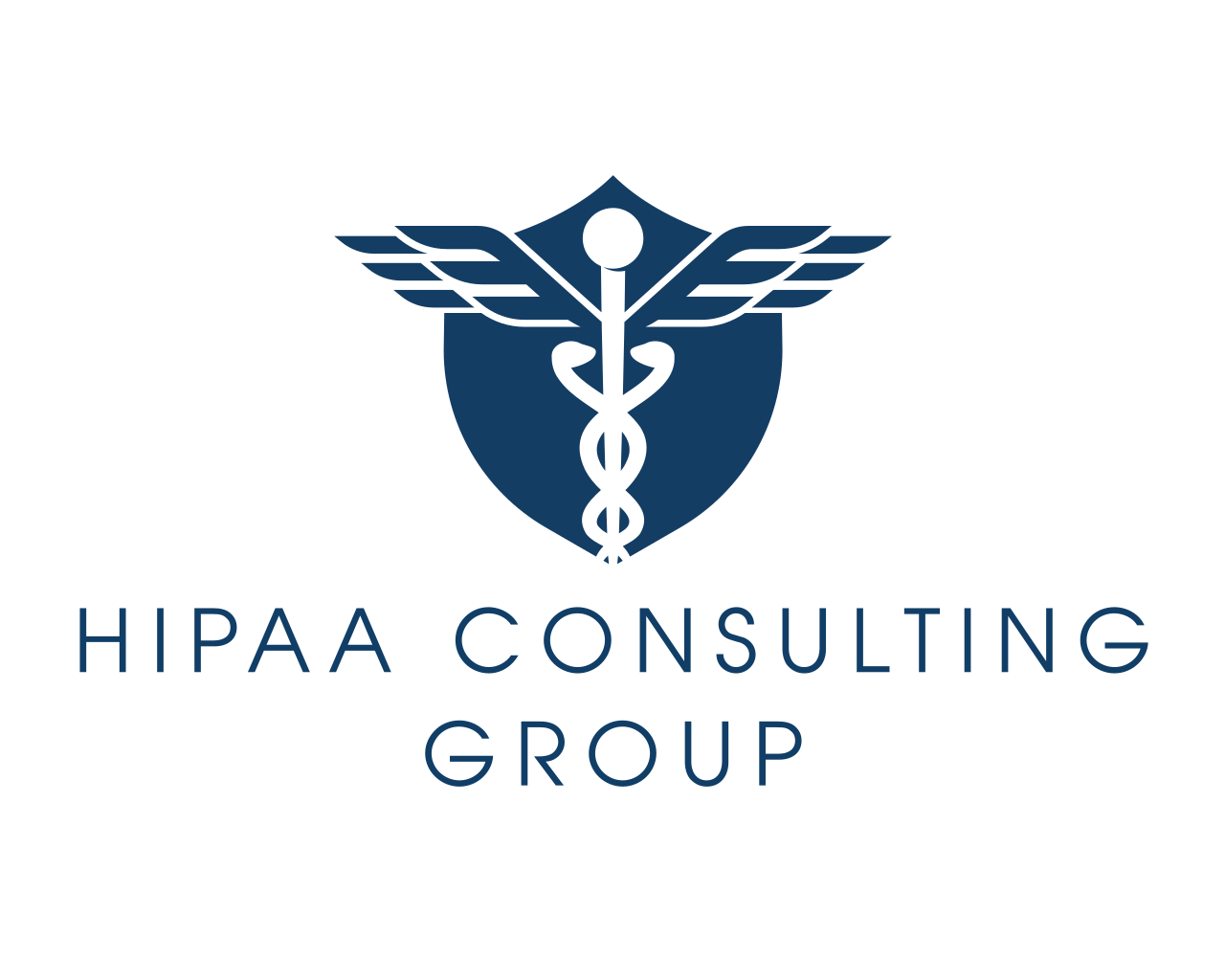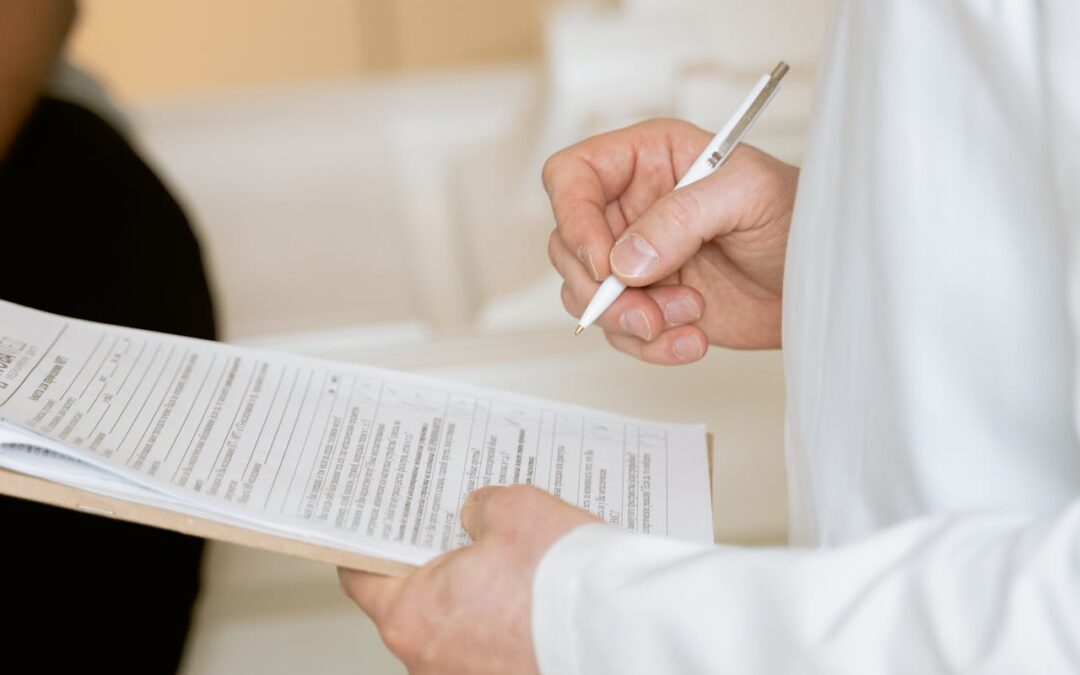The Top 10 Most Common HIPAA Violations: Key Mistakes to Avoid
Staying compliant with healthcare regulations is essential for maintaining patient trust and safeguarding sensitive information. HIPAA compliance is vital, ensuring the protection of patient privacy and preventing costly fines from data breaches. As professionals in the medical field, recognizing and avoiding common HIPAA violations is critical to securing your practice against inadvertent breaches. In this overview, we spotlight the top 10 HIPAA violations that frequently trap unsuspecting providers. This knowledge will help enhance your health information security, reinforce HIPAA training efforts, and avoid pitfalls that compromise patient privacy.
The Top 10 Most Common HIPAA Violations
- Unauthorized Access to Patient Records: Allowing access to protected health information (PHI) without proper authorization is a leading cause of HIPAA violations. This includes employees accessing records out of curiosity or for malicious intent, which can lead to severe penalties.
- Failure to Conduct Risk Analysis: Not conducting regular risk assessments to identify and address potential vulnerabilities in your systems can result in data breaches and compliance issues.
- Inadequate Access Controls: Weak passwords and the absence of two-factor authentication can make it easier for unauthorized users to access sensitive information.
- Improper Disposal of PHI: Disposing of patient information improperly, such as not shredding paper records or failing to wipe electronic devices, can lead to unauthorized access to PHI.
- Lack of Encryption: Failing to use encryption for electronic communications and records can lead to unauthorized access during data transmissions.
- Lack of Employee Training: Insufficient training on HIPAA policies and procedures often causes unintentional violations by staff members who are unaware of compliance requirements.
- Failure to Obtain Patient Authorization: Sharing patient information without obtaining the necessary authorization can result in legal consequences and reputational damage.
- Incorrectly Sending PHI: Errors such as sending information to the wrong email address or fax number can result in unauthorized disclosure of PHI.
- Unsecured Workstations: Leaving computers unlocked or unattended in accessible areas can permit unauthorized individuals to access patient information.
- Failure to Notify About Data Breaches: Not informing affected individuals and the Department of Health and Human Services (HHS) of a data breach in a timely manner can result in additional penalties.
Strategies to Avoid HIPAA Violations
Avoiding HIPAA violations requires a comprehensive approach that includes robust policies, effective training, and diligent monitoring. Here are some strategies to help healthcare providers maintain HIPAA compliance:
- Implement Strict Access Controls: Establish a robust access control system to ensure that only authorized personnel can access PHI. This includes using role-based access controls, monitoring access logs, and regularly updating permissions as employees change roles or leave the organization.
- Conduct Regular Training Sessions: Regularly train and update staff on HIPAA regulations and the importance of protecting patient information. This training should cover the various forms of PHI, potential threats, and the procedures for reporting breaches or suspicious activities.
- Regularly Update Risk Assessments: Conduct periodic risk assessments to identify potential vulnerabilities within your organization. These assessments should evaluate both electronic systems and physical safeguards, recommending improvements to bolster your data protection framework.
- Enhance Data Encryption Measures: Encrypt all sensitive information, whether it’s being stored or transmitted. This helps protect data if it’s intercepted during transmission or if devices are lost or stolen.
- Establish Clear Protocols for Data Disposal: Develop and enforce stringent protocols for disposing of PHI. This should include shredding paper documents and securely wiping electronic devices before disposal or reassignment.
- Use Secure Communication Channels: Prioritize the use of secure email systems and other encrypted communication channels when sharing PHI. Encourage employees to verify recipient information before sending sensitive data to avoid sending PHI to unauthorized individuals.
- Develop a Comprehensive Breach Notification Plan: Create a detailed plan for responding to data breaches, including notifying affected individuals, regulatory bodies, and mitigating further damage. This plan should also outline the steps to correct vulnerabilities that led to the breach.
- Monitor Compliance Continuously: Regularly audit your organization’s compliance with HIPAA regulations. This involves reviewing policies, tracking access to PHI, and assessing the effectiveness of security measures. Continuous monitoring helps identify and address areas of non-compliance swiftly.
- Foster a Culture of Compliance: Encourage a workplace culture where patient privacy is prioritized. This includes leadership demonstrating a commitment to compliance and integrating HIPAA-related goals into the organization’s mission and values.
By integrating these strategies into your practice, you can build a robust framework that not only helps prevent HIPAA violations but also contributes to a culture of accountability and respect for patient privacy. Taking these steps will reinforce the trust patients place in your organization and protect against the repercussions of non-compliance.

